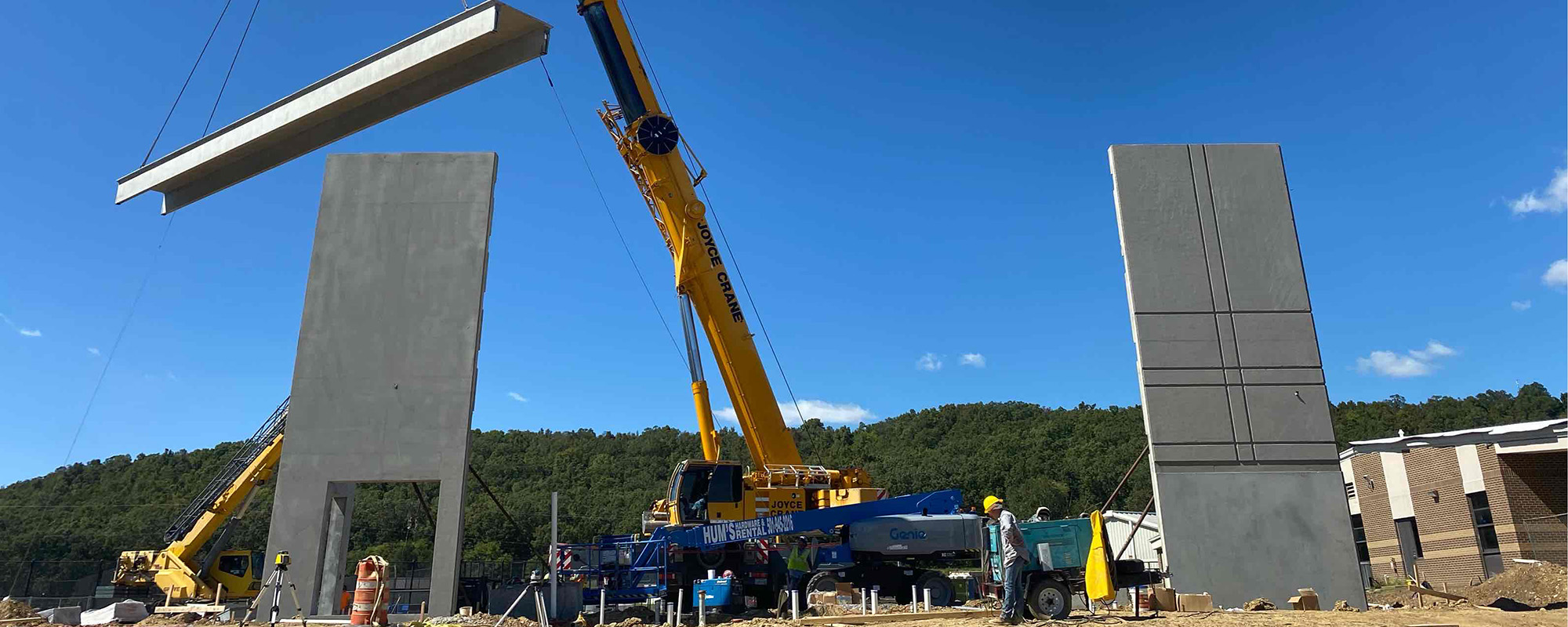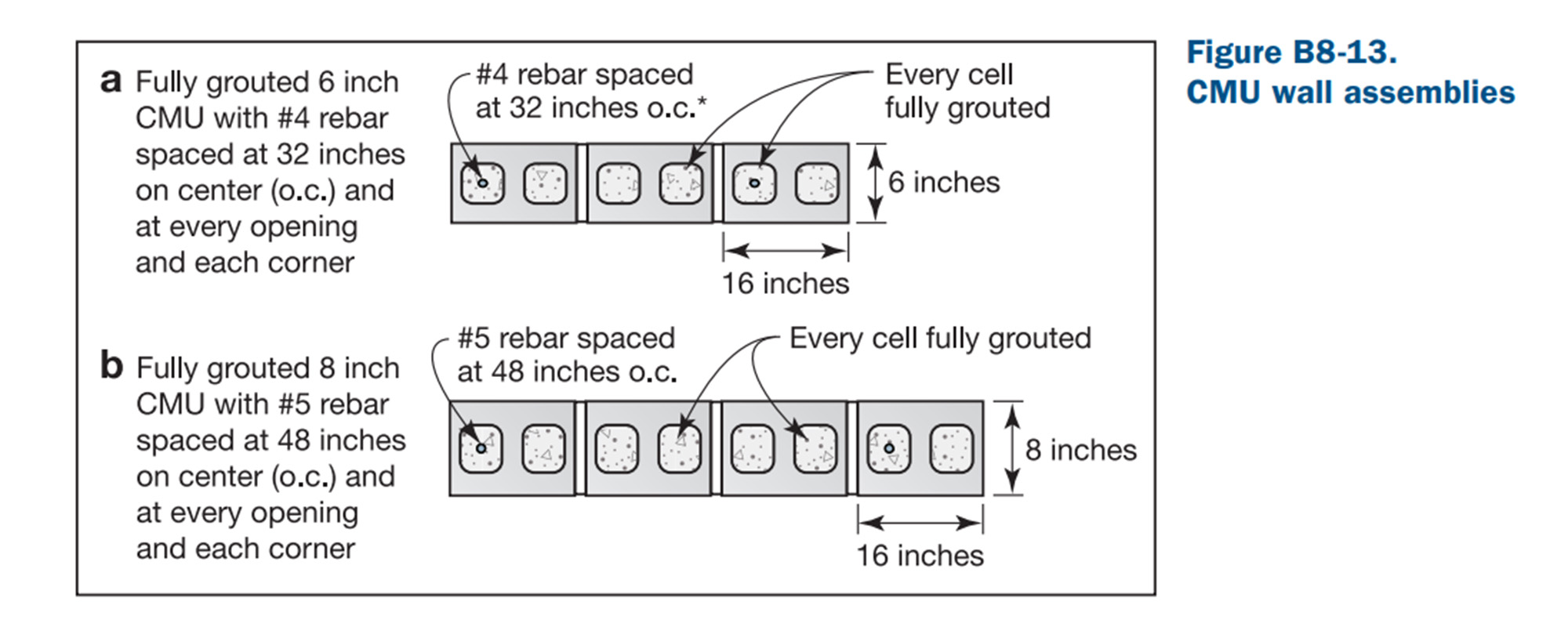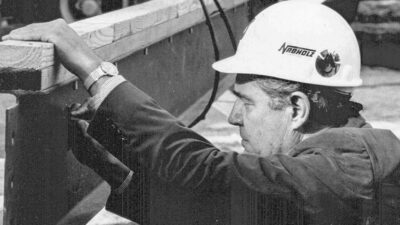Safe rooms are one of the best ways to be prepared for and stay safe during tornado season. Constructing one can be a daunting task – there are multiple construction methods and safety guidelines to consider to ensure your shelter will protect you during a tornado. Which construction method works best will depend on your project’s needs, schedule, and budget.
The Federal Emergency Management Agency (FEMA) describes a safe room as a hardened structure that meets FEMA criteria and provides near-absolute protection in extreme wind events, including tornadoes and hurricanes, based on our current knowledge. A safe room is officially FEMA rated and follows FEMA 361 guidelines, meanwhile a storm shelter does not have the official FEMA rating. Most people will use the terms interchangeably, but keep in mind that your shelter can only qualify as a safe room if it is FEMA rated.
Pre-cast concrete, CMU block, and cast-in-place are three methods to consider when constructing a safe room. These methods, combined with the right design specifications, will help you meet FEMA guidelines – and offer the chance to be FEMA rated – while also choosing the best fit for your project.

Pre-cast concrete
Pre-cast concrete storm shelters are built by a caster using a casting mold and then shipped to the construction site ready to go. This means that construction can avoid most material or weather delays on the front end because the safe room is constructed in a controlled environment. It can also speed up construction because it requires less time to install.
Pre-casting also allows for taller or longer structures, but there is a limit based on the cast sizing available at the local pre-caster. In that case, the request would have to be fulfilled by an out-of-state pre-caster with the required equipment.
A downside of this method is potentially increased shipping costs. Since the structure is cast off-site, it has to be delivered to the job site – and so the size and location of the safe room can add more to shipping costs.
Another downside is that the pre-caster could have a queue of several projects to get through before constructing your shelter. It’s important to plan accordingly to ensure your project can be completed on time with that potential delay.

CMU block
Concrete Masonry Unit (CMU) block, also known as block for short, is built on the job site using individual concrete blocks.
Block can be beneficial with a tight budget because there are little to no shipping costs like with pre-cast. All the work is done on-site, so workers can assemble and place the structure without waiting for the caster or shipping.
However, this type of storm shelter can take longer to construct if there are material or longer weather delays. If the job site is compromised, the construction workers have to wait until the all-clear is given to resume work on the block.
If the shelter is intended as a multi-purpose space, like a gymnasium with basketball hoops or volleyball nets, block is most likely not the best choice. The concrete block walls are not able to support the roof structure’s weight in a taller building. A potential solution to this is to use thicker or double block to adequately support it. However, it’s recommended to use another method like pre-cast concrete to support that type of structure.
Cast-in-place
Cast-in-place combines the method of pre-casting with the location of block – allowing workers to cast concrete into a mold on-site. Like block, on-site cast in place opens up the possibility of material or longer weather delays. However, it removes the shipping costs that come with pre-casting.
A subset of this method is tilt-up, where the concrete is cast horizontally on-site and then “tilted,” or lifted, vertically with a crane to assume the final position in the building.
Choosing the right fit for your project
Each construction method has its own pros and cons. There is no best way to construct a storm shelter – it all depends on what is best for your project’s needs, schedule, and budget. When in doubt, consult your construction team, architect, or FEMA resources.

